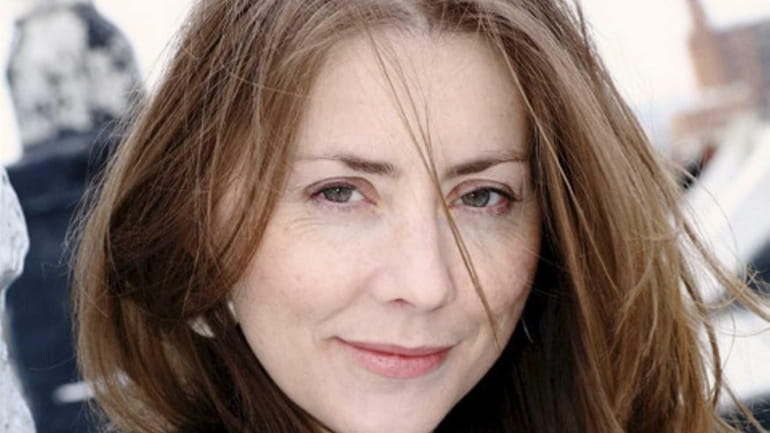Christine Kenneally explores role of genetics in history

Christine Kenneally, author of "The Invisible History of the Human Race" (Viking, October 2014). Credit: Viking Books / Marcia Ciriello
THE INVISIBLE HISTORY OF THE HUMAN RACE: How DNA and History Shape Our Identities and Our Futures, by Christine Kenneally. Viking, 355 pp., $27.95.
About 85 percent of us walk around with Neanderthal DNA, a mix that one bio-anthropologist likens to breeding lions with tigers: possible but not generally done. Another extinct branch of hominid, unknown until 2010, shows up in the gene pool of some modern Southeast Asians. Will traces of "hobbit people" -- tiny, humanlike primates who lived on an Indonesian island as recently as 13,000 years ago -- crop up next?
Shudder, all ye Daughters of the American Revolution, then pick up a copy of Christine Kenneally's entertaining stew of a book, "The Invisible History of the Human Race: How DNA and History Shape Our Identities and Our Futures." The title is a mouthful, and the topic turns out to be both tantalizing and unruly.
Kenneally, a linguist and journalist, made a splash with "The First Word," her 2007 look at the evolution of language. Now, she wades deeper, inspired by her conviction that history and genetics need to exit their silos and comingle.
To build this case, Kenneally treks through research and tracks down experts in economics, psychology, history and genetics. Very pointedly, she crafts a love letter to genealogy. She notes that in Somalia, "children under the age of ten learn their genealogy by heart" 10 generations back. And she observes, rightly, that "totalitarian power thrives when it alienates people from basic information about themselves."
Kenneally has a gift for explanatory journalism. She uses her own family secrets to lubricate a discussion of the inheritances that clans and cultures repress. She is particularly strong on the provocative work of two economists, Nathan Nunn and Leonard Wantchekon, whose ingenious research indicates the distrust generated by the mid-Atlantic slave trade still lingers -- most pronounced in those places where the practice was most prevalent. Likewise, the villages of Europe where residents killed Jews most aggressively during the Black Plague correlate strongly with the specific geography of the worst anti-Semitism of World War II. "Nunn and Wantchekon," she writes, "found evidence that the inheritance of distrust within a family was twice as powerful as the distrust that is passed down in a community."
The evidence itself is glossed. "The Invisible History" has a magpie quality, alighting on so much barely connected material it can leave the reader cross-eyed. Kenneally doesn't explain "our identities and our future," but she does provide a glimpse. And her footnotes offer the path to a better grasp.
